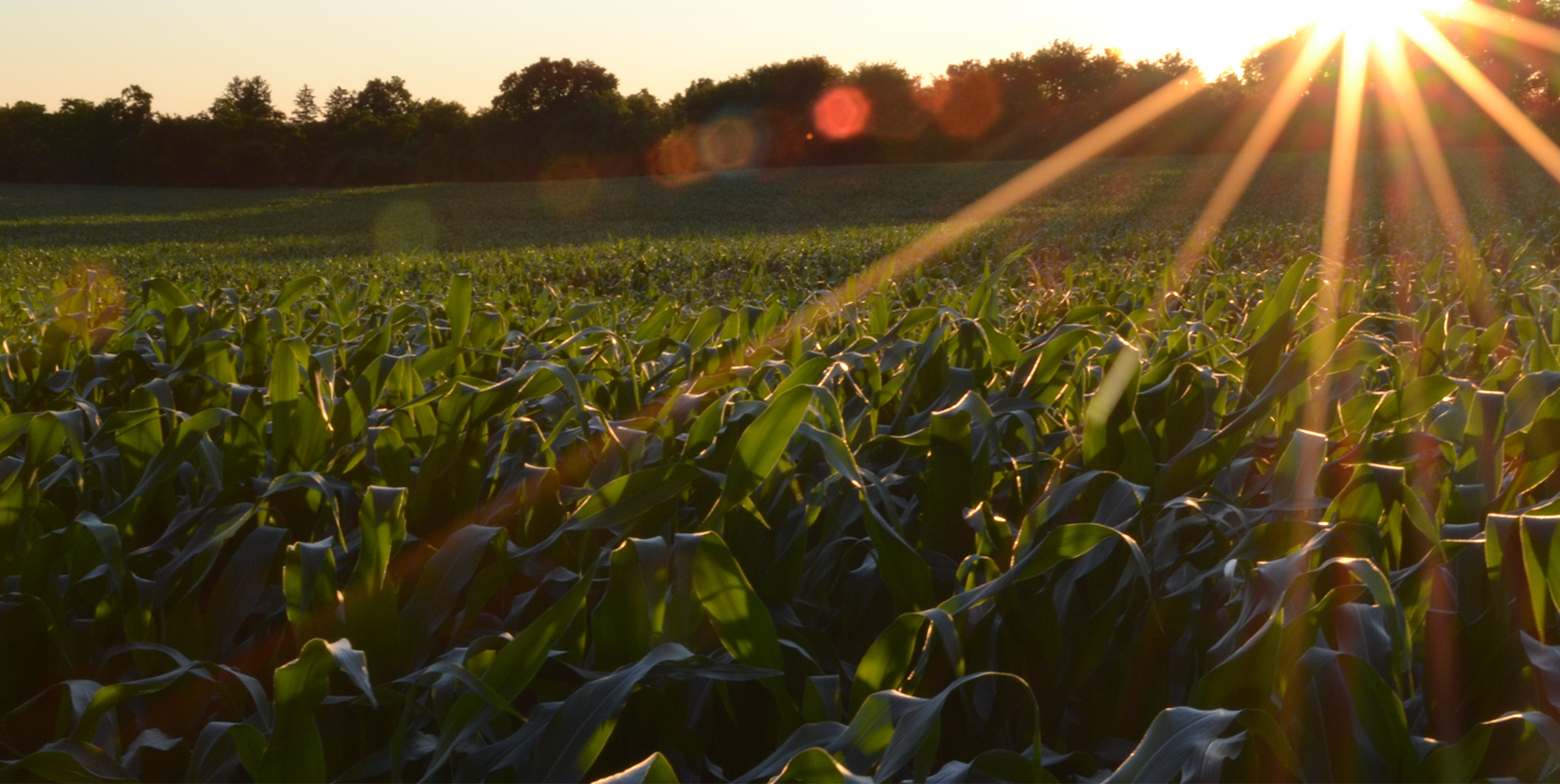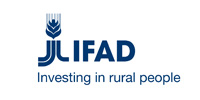![]() As part of the baseline a range of available digital and AgriTech innovations were identified in each country to provide a snapshot of what solutions are available on the ground and illustrate the trends in innovation and challenges faced by users and those implementing those solutions.
As part of the baseline a range of available digital and AgriTech innovations were identified in each country to provide a snapshot of what solutions are available on the ground and illustrate the trends in innovation and challenges faced by users and those implementing those solutions.
216 Digital Agriculture Innovations were Identified in the SADC
Digital agriculture innovations were identified and present in all the 16 SADC member states. Some of these solutions were present and operational in multiple countries.
Innovations were unevenly distributed across the 16 member states with South Africa, Zimbabwe, and Tanzania having the highest overall number.
Digital Agriculture Innovations Map:
Please note that the table below has a filter function through the search bar. Columns that can be filtered include: Country, Organization Type, Use Case, Technology, Value Chain Phase and Scaling Phase.
Use Case Selection for Innovations
Innovators self-reported what use case or solution their digital innovation provides from a list of five. These use cases are reflected in the interactive map above with further information below. Each use case also included a number of sub-use cases which can be found in the report
- Digital Advisory includes information-based services such as farming best practices, market prices, weather and climate information, and financial or digital literacy training.
- Agri-Digital Financial Services includes digitally-enabled financial services with the aim of greater inclusion of smallholders into the formal financial economy and better access to investment, loans or credit.
- Digital Procurement includes solutions in the agricultural last mile to transition from paper to digital. These solutions help agribusinesses increase transparency of transactions and improve efficiency.
- Agri e-Commerce includes digital platforms that enable the buying and selling of agricultural produce and inputs online.
- Smart Farming solutions rely on connectivity between Internet of Things-enabled devices such as sensors, droners, and satellites and can transmit specific information about crops, animals or growth practices.
Digital Advisory was the most common use case among the identified innovations

Credit: Graph - IMC Worldwide 2022
The most common use case was digital advisory, followed by Agri e-commerce and digital procurement. There were fewer innovations observed in the Agri digital financial services use case.
The distribution of identified use cases varied across the 16 SADC member states

Credit: Graph - IMC Worldwide 2022
Countries that scored better in the benchmark assessment (South Africa, Mauritius, and Seychelles) had a high proportion of digital procurement innovations.
For countries that ranked lower in the benchmark assessment, and are not Anglophone countries, digital advisory services were the most common type of innovation.
For further insights on use cases in each country please view the country pages and read the country reports.
Most innovators are addressing knowledge gaps around low productivity and poor access to markets

Credit: Graph - IMC Worldwide 2022
Most solutions attempt to address knowledge gaps, which correlates with the high proportion of innovations providing digital advisory solutions.
Low digital literacy hinders the adoption of new technologies
The most common challenge that survey respondents encountered was low digital literacy levels of their users.
| Challenges innovators face in applying innovation within agriculture | |
|---|---|
| Digital literacy | 65 |
| Farmer uptake/use/behavior change | 47 |
| Operational constraints | 36 |
| Lack of mobile network coverage | 35 |
| User affordability | 29 |
| Access to device (sharing with family with others) | 28 |
| Understanding the market and user needs | 27 |
| Data collection issues (High cost of collecting data and skills and processes to collect and process data) | 27 |
If farmers have limited access to digital solutions or are unable to use them because they lack digital skills, further uptake is likely to be significantly impeded.
Innovators should be encouraged to take deliberate actions to ensure innovations are inclusive of those with lower (digital) literacy levels to enable both a raised awareness of the benefits of digital agricultural innovations but also to enable their use.
Innovations are not equally distributed along the value chain

Credit: Diagram - IMC Worldwide, Icons - the NounProject 2022
Planning, On-Farm Production, and Access to Markets are the most common part of the value chain being addressed by innovations.
Currently, Storage, Post-Harvest Processing, and Transport have fewer digital innovations.
For more detailed findings from the digital agriculture innovations present in the region and reflections for the region, please download the report.
Icons - credit to NounProject https://thenounproject.com/





